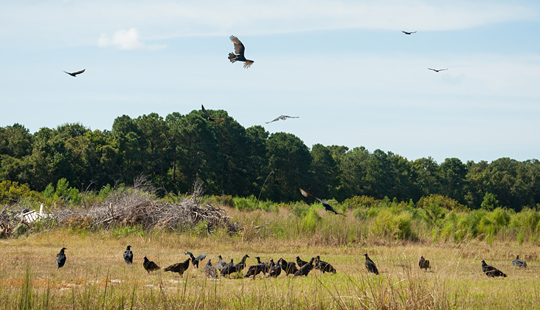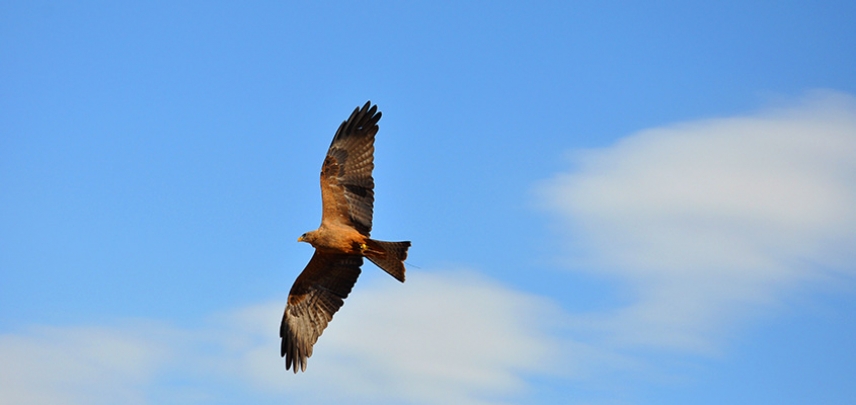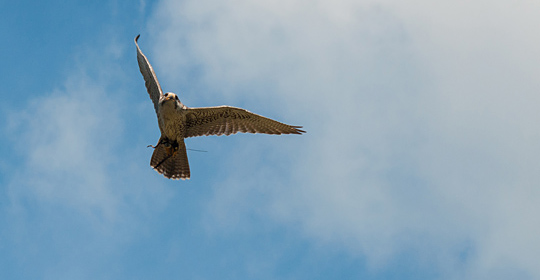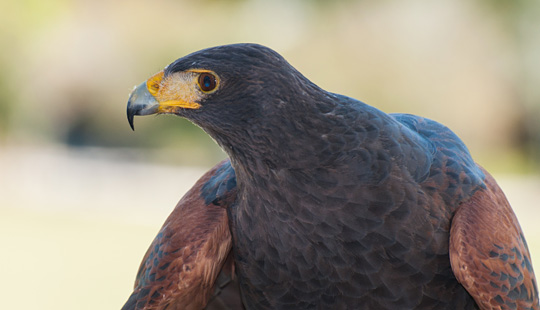Well, actually, it IS a bird... a turkey vulture chick to be exact. On a trip out to the Center for the Birds of Prey in Awendaw, SC this past Saturday, I found out that September is Vulture Awareness Month, and these intriguing avians are being spotlighted for their unique contributions to our world. For example, did you know that a vulture’s digestive system is so acidic it can digest and kill bacteria as dangerous as anthrax? Vultures may seem like dirty, creepy birds, but they actually keep the environment much healthier by cleaning up rotting road-side fare that might otherwise spread disease, and, let’s be honest, put a damper on nature’s aesthetics. Another fun fact: vultures nest on the ground. So if you happen to find one of the adorable fuzz-balls pictured above, please leave it where you found it—it hasn’t fallen out of a tree! Many a baby vulture has been brought to the Center because a well-intentioned person stole it right out of its own bed.

The Vulture Restaurant at the Center for the Birds of Prey © 2013 Audra Gibson
If you visit The Center for Birds of Prey right now, you’ll get to watch the dinner drama at their “Vulture Restaurant,” where a savory meal of leftovers from the Center’s residents as well as the occasional road-kill victim provide a healthy meal to a large population of wild vulture residents. If you’re lucky, you may even witness a scavenging bald eagle crashing the party. On my recent tour, the trainers told us it’s not uncommon. Sure enough, a juvenile eagle did a fly over as we filed past the vultures’ “dining room.”
Flight demonstration at the Center of the Birds of Prey © 2013 Audra Gibson
Vultures certainly aren’t the only birds featured at The Center for Birds of Prey, in case you’re wondering. The Center hosts approximately 120 talon-ted fliers from hawks to owls, and after the hour-long tour and flight demonstration, visitors are free to stay and check out all the residents. One of the Center’s goals is to “conserve what we have while we have it,” and they do an excellent job promoting the essential role these predators and scavengers play in the ecosystem while giving every visitor the opportunity to witness firsthand the skills these birds have in the air and on the ground. The Center is home to many birds that are unable to function in the wild as well as captive-bred education animals. The Birds of Prey professionals also treats over 500 injured birds of prey every year, and even re-habilitate some chicks using surrogate parents from among the permanent residents.
Resident Harris Hawk following a flight demonstration. © 2013 Audra Gibson
If you’re interested in seeing these stunning creatures for yourself, keep in mind that the Birds of Prey facility is open to the public Thursday-Saturday, with tours beginning at 10:30 am and 2:00 pm. Visitors are welcome to stay until the Center closes at 5:00 pm. Tickets are $12 for adults and $10 for children ages 6 and older, making this a very reasonable family outing.

Lauren Holmer
Lauren's name means “A crown of laurel leaves,” which is what the ancient Greeks used to give the poets they wanted to honor. Perhaps that's why she loves to write. She also loves to sing Taylor Swift a little too loudly, paint, collect insects, laugh at what God’s doing in her life, and take care of her chameleon. She moved to Charleston because she was always cold and needed a warmer climate. She loves all this city has to offer—the history, the art, the romance, and, of course, the water!


